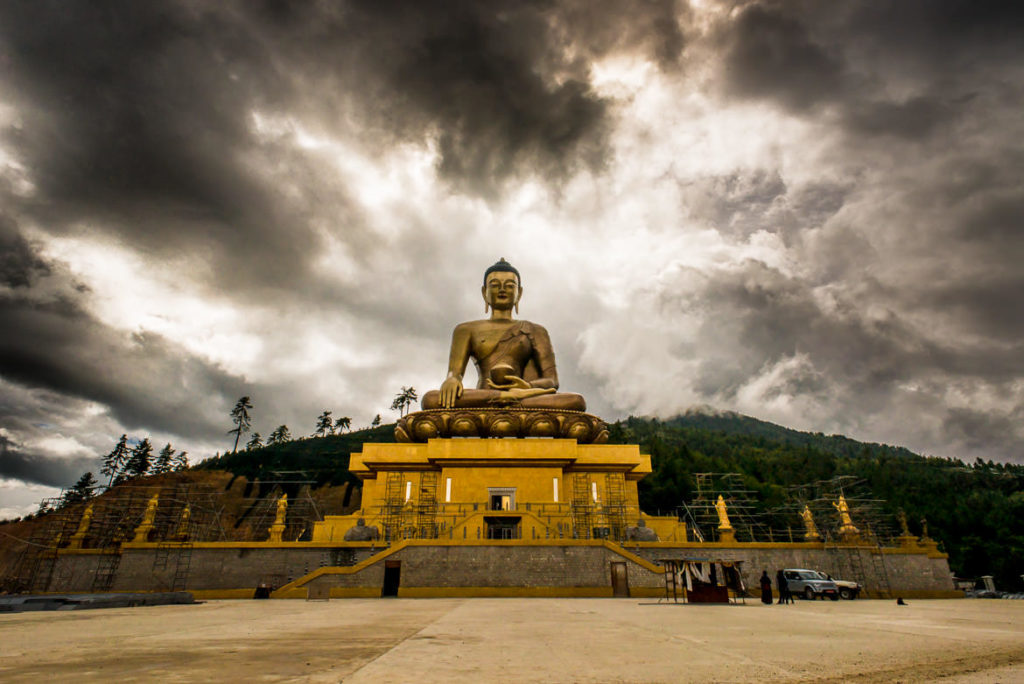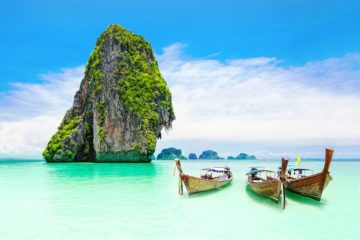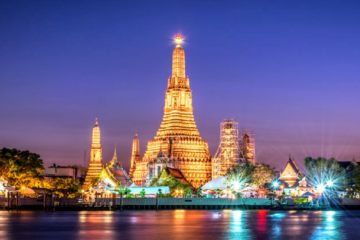
BHUTAN – ( 7N /8D )
- Jaigaon (2 Nights)
- Thimpu ( 2 Nights )
- Paro ( 3 Nights )
- Punakha
EX -Jaigaon
Package – Jaigaon to Jaigaon ( Any Day )
Rate – 7,500 onwards
Itinerary
On arrival our representative will meet and assist you at Alipurduar to transfer to Phuentsholing (Bhutan). The border of India & Bhutan, Indian side is Jaigaon and the Bhutan side is called Phuentsholing. Overnight stay at Phuentsholing.
After breakfast process for Immigration permit then drive to Thimphu. Overnight stay at Thimphu.
Thimphu local sights seen and overnight stay in Thimphu.
National Library, which holds a vast collection of ancient Buddhist texts and manuscripts, some dating back several hundred years, as well as modern academic books mainly on Himalayan culture and religion;
Institute for Zorig Chusum (commonly known as Painting School) where students undertake a six-year course on the 13 traditional arts and crafts of Bhutan;
Textile and Folk Heritage Museum: These museums, both of which opened in 2001, provide fascinating insights into Bhutanese material culture and way of life.
National Memorial Chorten: The building of this landmark was envisaged by the third king, His Majesty Jigme Dorji Wangchuck, as a monument to world peace and prosperity. Completed in 1974 after his untimely death, it is both a memorial to the Late King (“the Father of modern Bhutan”) and a monument to world peace. The paintings and statues inside the monument provide a deep insight into Buddhist philosophy.
Trashichhoe Dzong: This impressive fortress/monastery houses Secretariat building, the throne room of His Majesty, the King and various government offices. It is also the summer residence of Chief Abbot and central monk body.
Handicrafts Emporium: This government-run enterprise displays a wide range of beautifully hand-woven textiles and craft products. It also carries a small collection of books on Bhutan, Buddhism and Himalayan culture.
Lord Buddha Statue, The Buddha Dordenma is located amidst the ruins of phodrang, the palace of Sherab Wangchuck, the thirteenth desi Druk, overlooking the southern approach to Thimphu, the capital of Bhutan. On completion, it will one of the largest statues in the world, at a heigh of 169 feet (515.5 meters) , accommodating 100,000 8-inch tall and 25,000 12-inch tall gilded Buddhas respectively in the interior. The statue is surrounded by 943 acres of forest area that comprises the kuenselphodrang nature park. Overnight stay at Thimphu.
After breakfast, drive up to Dochu-la pass (3,088m/ 10,130 ft) stopping briefly here to take in the view and admire the chorten, mani wall, and prayer flags which decorate the highest point on the road. If skies are clear, the following peaks can be seen from this pass (left to right): Masagang (7,158m), Tsendagang (6,960m), Terigang (7,060m ), Jejegangphugang (7,158 m ), Kangphugang (7,170 m ), Zongphugang (7, 060 m ), a table mountain that dominates the isolated region of Lunana – finally Gangkar puensum, the highest peak in Bhutan at 7,497m.
After visit to Punakha Dzong, Built strategically at the junction of Pho Chhu and Mo Chhu rivers in 1637 by Shabdrung Ngawang Namgyal to serve as the religious and administrative centre of the region, Punakha Dzong has played an important role in Bhutan’s history. Damaged by four catastrophic fires and an earthquake, the Dzong has been fully restored by the present King. Overnight stay Punakha/Wangdue.
After breakfast visit Chimi Lhakhang Temples lies in the fertile Lobesa village of Punakha Valley. The temple is dedicated to the divine madman-Saint Drukpa Kuenley and the temple is also known as the Temple of Fertility.
The temple is accessible by 20-25 minutes from the village near the junction of the road that branches out to Wangdue and Punakha. We first walk through the village of Sosokha and then gradually hike through the paddy fields to Lobesa Village and arrive at the temple.
The temple is associated with Lama Drukpa Kuenley lived in Bhutan around the 1500s. He was a highly accomplished Buddhist master but he was called Divine Madman for his humorous approach and sexual overtones in his teachings. As per the legend, Lama Drukpa Kuenley subdued a demoness here who was terrorizing the residents of the valley and marked the site for the temple to be built later by his cousin.
It’s a general belief that if a childless couple visits the temple and wishes for fertility, they will be blessed by Lama Drukpa Kuenley and will be able to bear children. Nobody knows exactly how and when the tradition of seeking fertility blessing started in Chimi Lhakhang but today, the temple is famous as the Temple of Fertility.
Punakha Suspension Bridge: One of the longest suspension bridge in Bhutan, spanning 350m and perched high above the very swift river of Po Chhu. Draped with prayer flags, the bridge connects the town of Punakha and the Punakha Dzong, mainly used by locals from the other side of the town as a shortcut to Punakha Dzong. Overnight at Paro.
Early morning visit Che-Le La Pass back to hotel. After breakfast drive to Paro sightseeing. After lunch visit Taktsang Monastery. This most famous of Bhutan’s monasteries is spectacularly perched on the side of a cliff 900m above the Paro valley floor. Taktsang is a place of pilgrimage which Bhutanese try to visit at least once in a lifetime. It is said that in the 8th century Guru Rinpoche flew on the back of a tigress from eastern Bhutan to this place and meditated in a cave here for 3 months, hence its name, “Tiger’s Nest”. The site, which has long been recognized as a most sacred place, was visited by Shabdrung Ngawang Namgyal in 1646. The principal Lhakhang of the present monastic complex dates from 1692. The main structure was severely damaged by fire in 1998, but after many years of painstaking renovation work, the complex has now been fully restored to its former.
Kyichu Lhakhang, one of the oldest and most sacred shrines of the country, built in the 7th century by the Tibetan king, Songtsen Gampo.
Ta Dzong originally built as Watchtower, which now houses National Museum. The extensive collection includes antique thangkha paintings, textiles, weapons & armour, household objects and a rich assortment of natural and historic artifacts.
Then walk down the trail to visit Rinpung Dzong, meaning (“fortress of the heap of jewels”), which has a long and fascinating history. Along the wooden galleries lining the inner courtyard are fine wall paintings illustrating Buddhist lore such as four friends, the old man of long life, the wheel of life, scenes from the life of Milarepa, Mount. Sumeru and other cosmic Mandala. Evening free for leisure at Paro Town.
Overnight stay at Paro.
After breakfast proceed to Alipurduar.
……………………………………….Tour End……………………………………………….
Accommodation: Double Occupancy
Meal Plan: CP (With Breakfast)
Hotel Suggested: (3 star category)
Phuentsholing: Hotel Orchid / Legphel / similar
Thimphu: Silverpine Boutique / Lhaki Yangchak Residency / similar
Punakha: Hotel Kingaling / Pema Karpo / similar
Paro: Kuenphen / Namsaycholing Resort / Bonday Goma Resort / similar


0 Comments